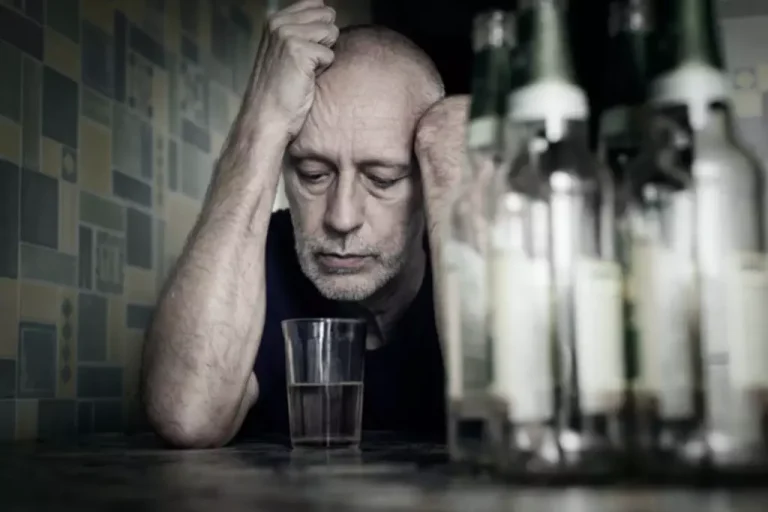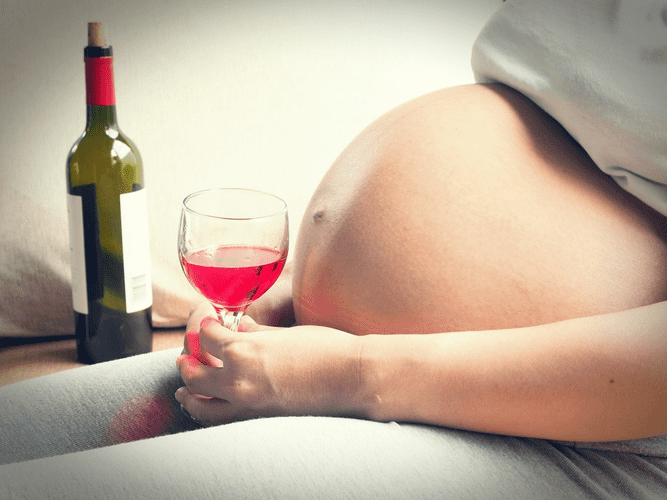Understanding Alcohol Use Disorder National Institute on Alcohol Abuse and Alcoholism NIAAA
Content
Please see the Appendix – The Disease of Alcoholism for a further discussion of alcoholism. Alcoholism is defined by alcohol dependence, which is the body’s physical inability to stop drinking and the presence of alcohol cravings. In the absence of alcohol, these individuals can experience alcohol withdrawals, which are characterized by agitation, tremors, hot flashes, increased heart rate, and blood pressure, nausea and vomiting, and seizures. Withdrawing from alcohol can be lethal, and therefore, individuals should seek professional help when trying to quit their drinking habit. Having a “drinking problem” is different from having an alcohol addiction due to one main delineating factor, the ability to take a step back and quit.
- In 2019, Belarus had the highest death rate with around 21 people per 100,000 individuals dying from alcoholism.
- It can cause a bleeding ulcer and irritate the lining of your stomach.
- For a woman, it is after about 4 or more drinks within a few hours.
- Disadvantaged and especially vulnerable populations have higher rates of alcohol-related death and hospitalization.
- The costs to society in terms of lost productivity, health care costs, traffic accidents, and personal tragedies are staggering.
The NIAA offers a list of a number of these support groups, including secular options. In the countries shown in light yellow over 90% of road deaths are not related to alcohol consumption. Global data on the prevalence and effectiveness of alcohol use disorder treatment is very incomplete. At the end of this entry we provide a number of potential sources of support and guidance for those concerned about uncontrolled drinking or alcohol dependency. Alcohol use disorder, which includes alcohol dependence, is defined the WHO’s International Classification of Diseases (available here). Alcohol use disorder (AUD) refers to drinking of alcohol that causes mental and physical health problems.
Complications of Alcohol Use Disorder
Further, a psychologist may play an important role in coordinating the services a drinker in treatment receives from various health professionals. A third definition, behavioral in nature, defines alcoholism as a disorder in which alcohol assumes marked salience in the individual’s life and in which the individual experiences a loss of control over its desired use. Clinicians call such a behavioral disorder a disease because it persists for years, is strongly hereditary, and is a major cause of death and disability. In addition, alcohol permanently alters the brain’s plasticity with regard to free choice over beginning or stopping drinking episodes. As with other medical diseases but unlike most bad habits, prospective studies demonstrate that willpower per se is of little predictive significance. For example, a value of 3.6 for bipolar disorder indicates that illicit drug dependency became more than three time more likely in individuals with bipolar disorder than those without.
- Many people go into treatment because of some kind of threat such as loss of a job or possible incarceration.
- The impact depends on when a person started drinking, how long they’ve been drinking, and how often and how much they drink.
- For women, it is four drinks in one sitting and more than eight drinks in one week.
- Do you have to drink a lot more than you used to in order to get buzzed or to feel relaxed?
Your doctor may ask about your drinking habits and want to talk with your family and friends. They might also do a physical exam and order lab tests to learn whether alcohol use is affecting your health. Around the globe, there is low awareness of the negative impact of alcohol consumption on health and safety.
Restricting alcohol availability: How can common barriers be overcome? Webinar by WHO – 3 October 2022
Further discussion on these risk factors can be found at our entry on Substance Use. Measuring the health impact by mortality alone fails to capture the impact that alcohol use disorders have on an individual’s wellbeing. The ‘disease burden‘ – measured in Disability-Adjusted Life Years sober house (DALYs) – is a considers not only mortality, but also years lived with disability or health burden. The map shows DALYs per 100,000 people which result from alcohol use disorders. In the chart we see prevalence of alcohol dependence versus the average per capita alcohol consumption.

Binge drinking can also lead to alcohol poisoning, a serious and sometimes deadly condition. Drinking problems also have a very negative impact on mental health. Alcohol abuse and alcoholism can worsen existing conditions such as depression or induce new problems such as serious memory loss, depression or anxiety. Diagnosis is based on a conversation with your healthcare provider. The diagnosis is made when drinking interferes with your life or affects your health.
The disease burden from alcohol use disorders
There is no clear line between the early and middle stages of alcoholism, but there are several characteristics that mark a new stage of the disease. Many of the pleasures and benefits that the alcoholic obtained from drinking during the early stage are now being replaced by the destructive facets of alcohol abuse. The drinking that was done for the purpose of getting high is now being replaced by drinking to combat the pain and misery caused by prior drinking. Once prepared, you should notify the employee of the time and place of the meeting. The meeting should be held in a private place away from distractions.
My addiction put me in risky situations… Quitting was out of question, I was powerless. Alcohol use spiked during the COVID-19 pandemic as the stressors of daily life and the absence of regular school and work routines drove many people to… A number of studies have looked at alcohol use among specific racial and ethnic populations, including Black, Indigenous, and People of Color (BIPOC) communities.
Alcoholism
In this context, it is easy to overlook or discount the health and social damage caused or contributed to by
drinking. Alcoholism has been known by a variety of terms, including alcohol abuse and alcohol dependence. It may lead to liver diseases, such as fatty liver disease and cirrhosis.
![]()










